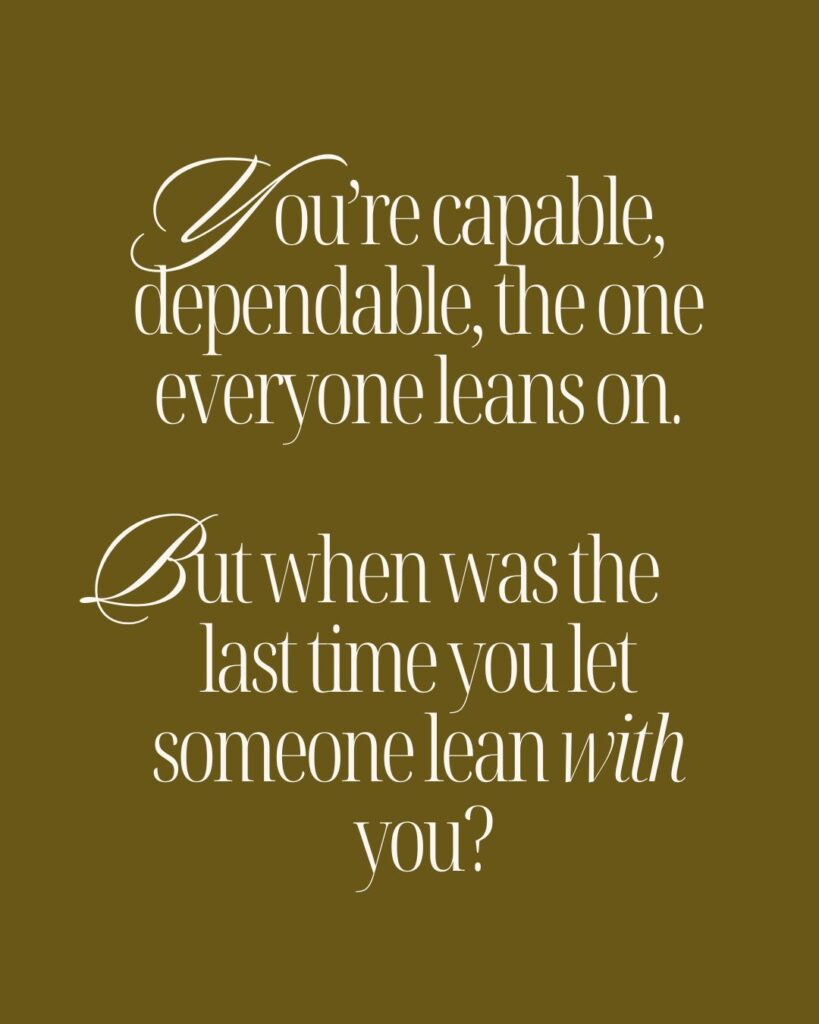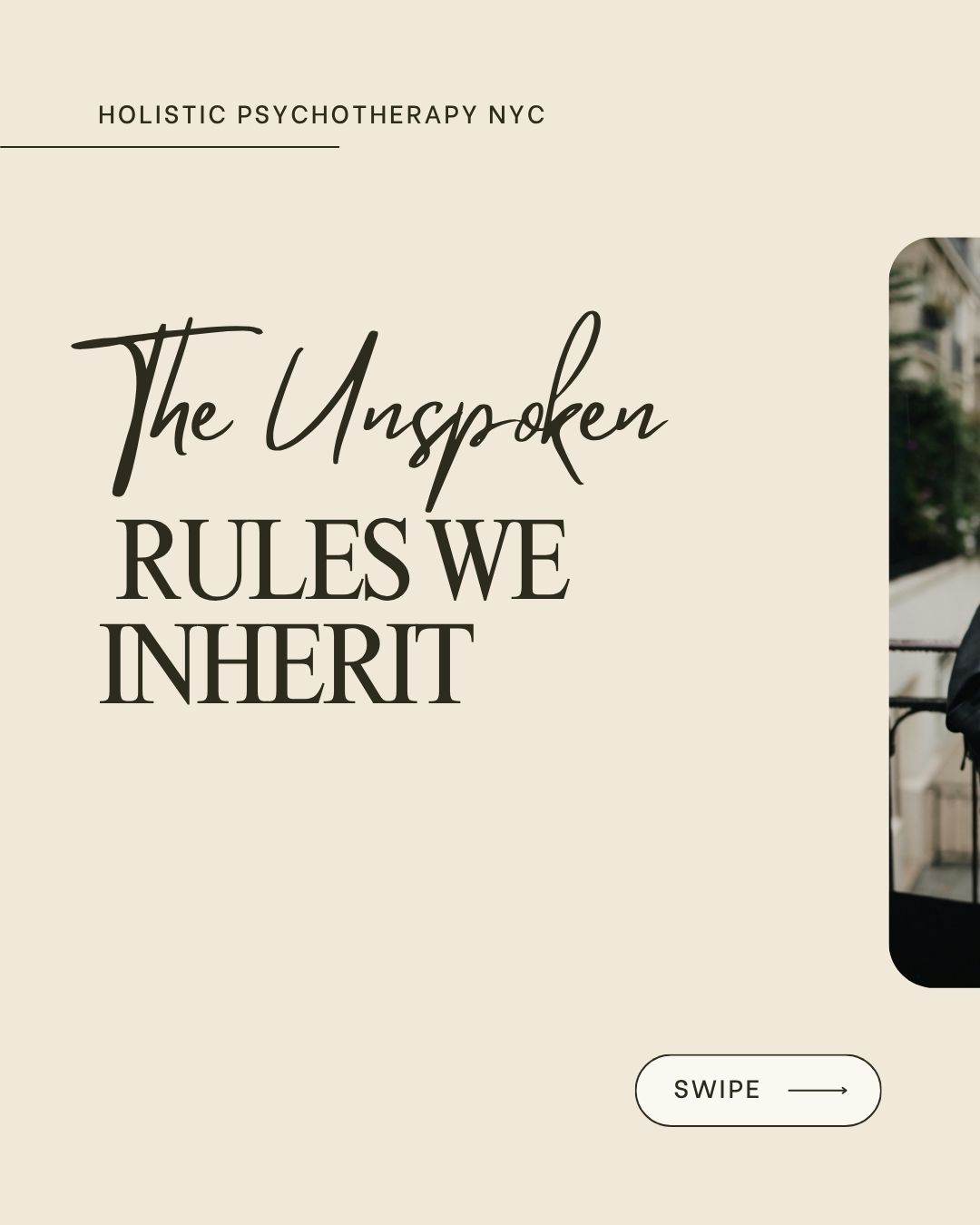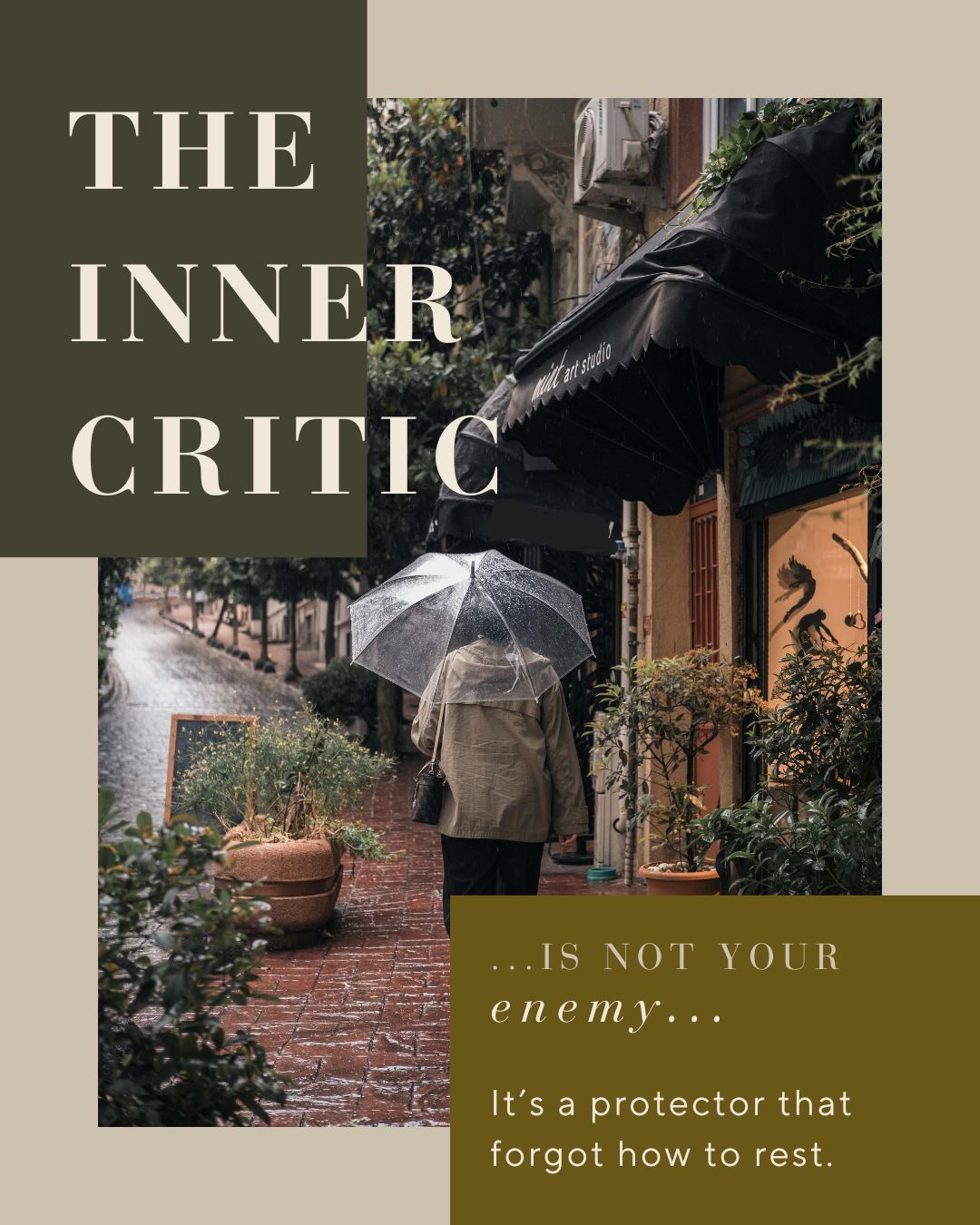When Strength Becomes Isolation
We live in a world that glorifies independence. From a young age, we’re told to “stand on our own two feet,” to be capable, to avoid depending on anyone. Independence is celebrated as strength, maturity, even virtue.
But what happens when independence stops being empowering and starts becoming isolating?
When “I can handle it” becomes a shield to protect us from disappointment or pain?
This is the quiet reality of hyper-independence—a form of extreme self-reliance that often hides behind competence, control, and composure.
What Is Hyper-Independence?
Hyper-independence is the belief that you must do everything alone—emotionally, financially, and relationally. It’s more than just preferring autonomy; it’s a deeply ingrained conviction that relying on others is unsafe.
Common Signs of Hyper-Independence
People who struggle with hyper-independence often:
-
Avoid asking for or accepting help, even when overwhelmed
-
Keep emotions tightly guarded or hidden
-
Feel anxious or vulnerable in close relationships
-
Distrust others’ reliability or intentions
-
Overcommit, overwork, or take pride in “doing it all”
-
Feel responsible for everyone but allow no one to care for them
On the outside, they appear strong, organized, dependable—the ones others turn to in a crisis. But beneath that image, many carry an ache of chronic loneliness. They long for connection but fear what might happen if they truly let someone in.
Hyper-Independence as a Trauma Response
For many, hyper-independence doesn’t start as a choice; it starts as a survival strategy.
When emotional needs were ignored, dismissed, or punished in childhood, it became safer to stop needing altogether. If vulnerability was met with rejection or betrayal, your nervous system learned to equate connection with danger.
The Body’s Role in Survival
From a trauma-informed perspective, hyper-independence is a protective adaptation. According to polyvagal theory, when relationships feel unsafe, the body shifts into survival mode—either fight/flight (hypervigilance, control, overfunctioning) or freeze/shutdown (withdrawal, emotional numbing).
Hyper-independence often aligns with the former: a constant drive to stay self-reliant and manage everything before anyone else can hurt or disappoint you.
Over time, the brain reinforces this pattern. The amygdala—our internal alarm system—becomes hyper-alert to relational threats. The prefrontal cortex, which helps regulate emotion, gets hijacked by survival instincts that whisper, “You’re safer on your own.”
What once protected you from harm eventually becomes a barrier to intimacy. Hyper-independence isn’t a strength problem—it’s a safety problem.
The Hidden Costs of Doing It All Alone
While hyper-independence can look like strength, its costs run deep. Over time, it can lead to:
-
Emotional burnout and compassion fatigue
-
Chronic stress and nervous-system dysregulation
-
Difficulty forming or maintaining intimacy
-
Perfectionism and control-based coping
-
Anxiety, depression, or somatic tension
-
A constant sense of being “on guard,” even around loved ones
The irony is that the more you rely only on yourself, the lonelier and more disconnected you may feel. You might crave closeness but struggle to tolerate it—pushing others away before they have the chance to leave.
Cultural Roots of Hyper-Independence
Culturally, hyper-independence is often celebrated. We applaud people who “have it all together,” who never ask for help, who are “strong” and “capable.”
For many women, BIPOC individuals, LGBTQ+ communities, and trauma survivors, this self-reliance is not just personal—it’s systemic. It’s a learned response to environments that punished vulnerability or failed to offer safety.
When we internalize the belief that asking for help equals weakness, we cut ourselves off from the very relationships that bring healing. Over time, this belief seeps into workplaces, families, and communities, creating cultures where burnout is normalized and tenderness feels foreign.
Honoring Strength While Creating Space for Connection
It’s important to honor that hyper-independence develops for a reason. It teaches resilience, adaptability, and resourcefulness. Knowing you can rely on yourself is empowering—it reflects strength born from survival.
But what starts as empowerment can turn into entrapment. The same independence that once helped you endure can, over time, keep you stuck in survival mode, cut off from rest, comfort, and support.
Healing begins by noticing that the safety created through control may no longer be serving you. Recovering from hyper-independence isn’t about giving up your strength—it’s about expanding it.
Healing Hyper-Independence: Relearning Safety in Connection
Start Small
-
Let someone help with a simple task, even if you could do it faster alone.
-
Share something honest—however small—without apologizing for it.
-
Practice receiving care without feeling indebted.
Each small act begins to retrain your nervous system to experience connection as safe. Over time, these moments rewrite the brain’s story about trust and support: It’s okay to be supported. It’s okay to need.
Therapy as a Space for Reconnection
Therapy can be a powerful space to explore hyper-independence. A trauma-informed therapist can help you:
-
Understand how early experiences shaped your need for control
-
Work with your body’s stress responses
-
Build safety in vulnerability at a manageable pace
-
Reconnect with your emotions and learn to receive support
Your independence is not something to fix—it’s something to understand. It was born from wisdom, not weakness. Therapy offers a place to unlearn survival patterns, rebuild trust in relationships, and rediscover that connection and safety can coexist.



